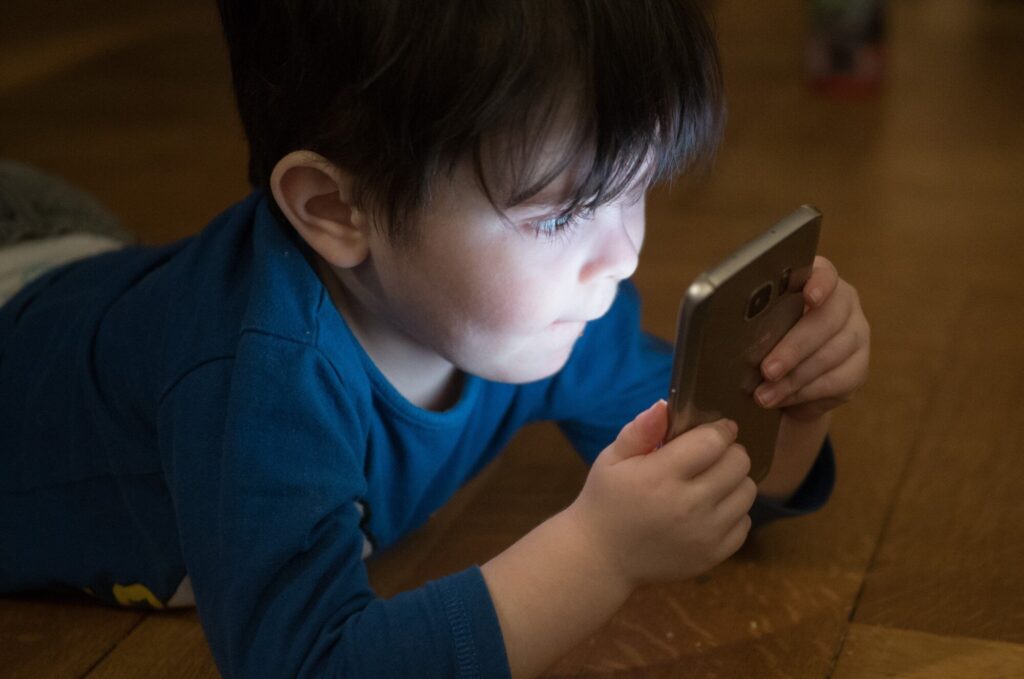It’s mind-boggling that the average American child gets around 7.5 hours of screen time each day.
The school year is back, and with it comes the challenge of managing screen time for children. Screens are an integral part of education and entertainment nowadays. Finding the right balance between screen time, physical activity, and offline learning is crucial for a child’s development.
Are you in need of some screen time management tips? Read on to learn how to strike that balance and ensure your children have a healthy and productive school year.

Set Screen Time Limits
Balancing screen time is all about establishing clear and reasonable limits. Determine how much screen time is appropriate for your child each day and stick to it.
For example, you might allow one to two hours of screen time for recreational activities after school. Communicate these limits to your child and make sure they understand the importance of adhering to them.
Create a Screen-Free Zone
These areas can serve as safe havens for activities that don’t involve screens, like reading, drawing, or engaging in conversations. Having designated spaces for offline activities can help break the screen addiction cycle.
Prioritize Screen Time in School
Schools are increasingly incorporating screens into the learning process. Ensure that your child’s screen time in school is used wisely and is focused on educational content.
Talk to your child’s teachers to understand how screens are being utilized for learning. Collaborate with them to ensure a healthy balance between digital and traditional classroom activities.
Encourage Physical Activity
Balancing children’s screen time with physical activity is crucial for their well-being. Encourage outdoor play, sports, and other physical activities. Set aside time for family walks or bike rides to ensure your child gets the exercise they need to stay healthy and alert.
Promote Offline Learning
Offline learning is equally valuable. Encourage your child to do the following:
- Read physical books
- Engage in hands-on projects
- Explore hobbies that don’t require screens
Visiting libraries, museums, and nature parks can be an exciting way to foster offline learning experiences.
Be a Role Model
Children often learn by example. Set a positive example by managing your own screen time and demonstrating a healthy balance between online and offline activities.
Create a Daily Schedule
Establishing a daily schedule can help your child manage their time well. Allocate specific time blocks for the following:
- Schoolwork
- Screen time
- Physical activity
- Other essential activities
Having a routine provides structure and ensures that screen time doesn’t overshadow other important aspects of a child’s life.
Monitor Screen Content
Review and monitor the content your child is exposed to online often. Ensure that it’s age-appropriate and aligns with your family’s values. Use parental control software if necessary to help manage and restrict access to inappropriate or excessive screen content.
Managing Screen Time Is Essential During the School Year
Managing screen time during the school year is a critical aspect of parenting in the digital age. Finding the right balance is paramount for your child’s development and well-being.
Are you looking for a compassionate and talented pediatrician in Boise or Meridian? Contact Thrive Pediatrics to schedule an appointment.

